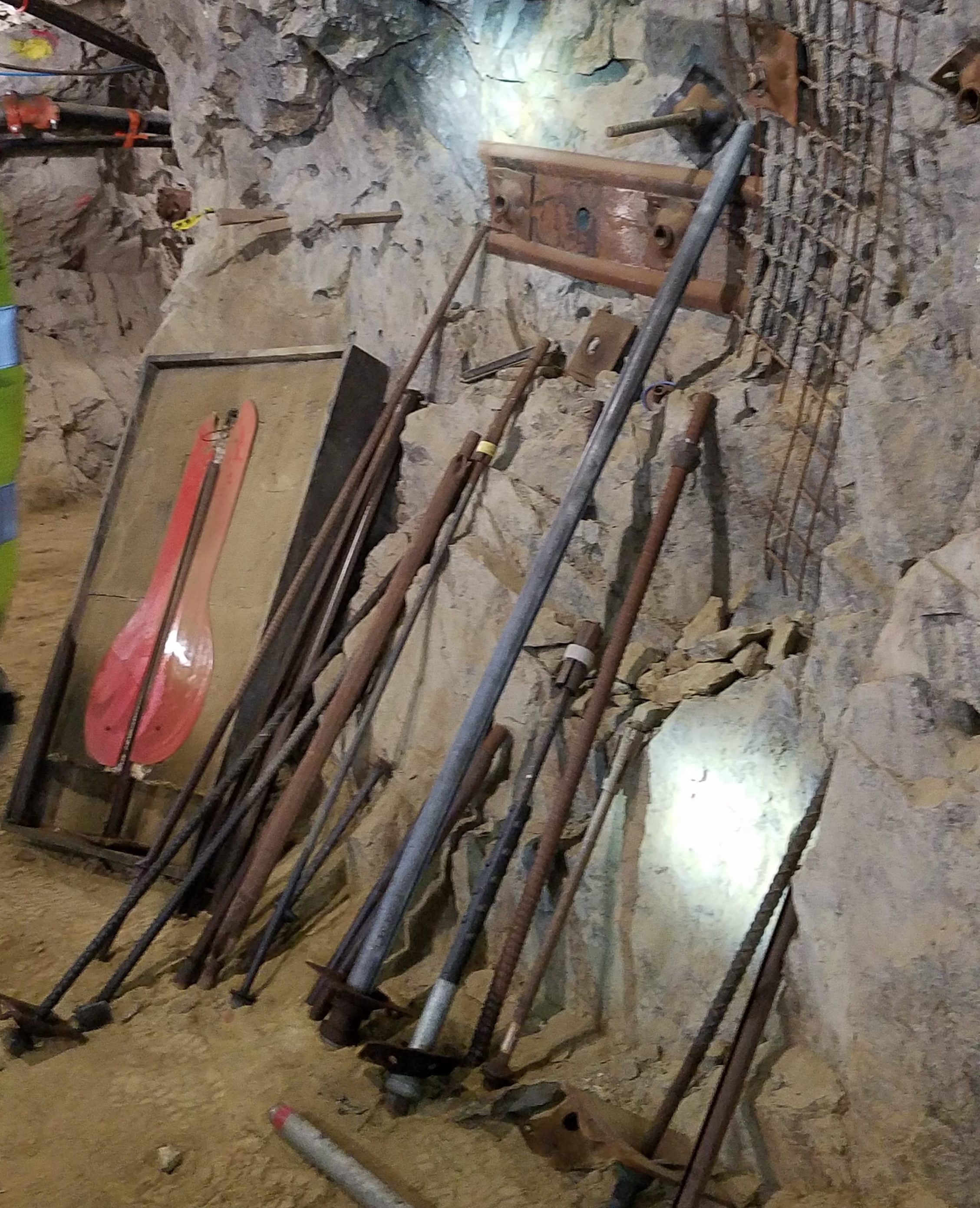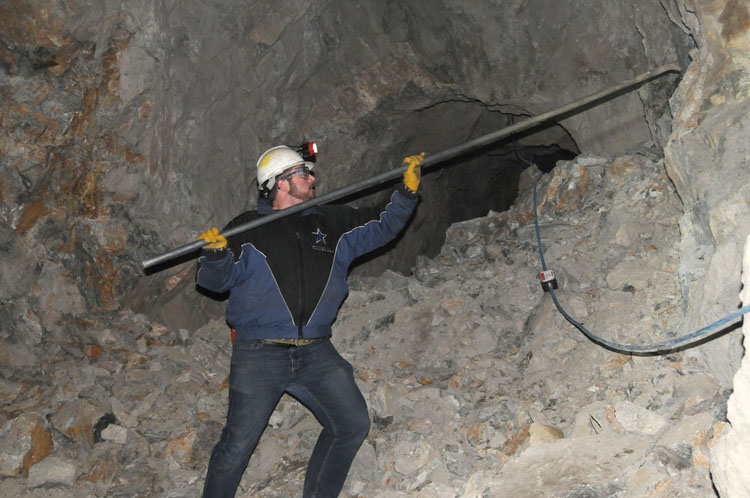About Us
About Us
The EMCIS Program presents practical, state-of-the-art information designed for working professionals in the mining and minerals industries. The approach to training focuses on utilizing highly qualified technical professionals with industry experience who can offer real-world examples related to their training topics. In addition, all training promotes active discussions and participation by students through adult learning techniques encompassing visual, auditory and kinesthetic learners.
The EMCIS Program regularly offers Mine Safety and Health Administration (MSHA) certification classes, including MSHA Part 48 New Miner and Annual Refresher training. Additionally, special interest courses, seminars, webinars and online training modules are also offered.

History
Therefore, in 1998, the Western Mining Training Center, a collaboration between CSM and the University of Arizona, was established as part of a National Institute for Occupational Safety and Health (NIOSH) cooperative agreement to enhance the quality and availability of health and safety training for mine workers in the Western United States. CSM established the Mine Safety and Health Program (MSHP) to facilitate the mine safety and health training from the CSM campus.
In January 2015, the CSM MSHP became part of the Energy, Mining and Construction Industry Safety (EMCIS) Program within the CSM Mining Engineering Department. This organizational restructuring provides greater resources to accomplish the objectives of the cooperative agreement with NIOSH which is to conduct a miner safety and health training program for miners employed in the Western United States.
Goals and Objectives

- Educates mine workers on how to best protect themselves from risks and hazards in the mining environment, and
- Expands the number of qualified mine safety and health trainers in the United States.